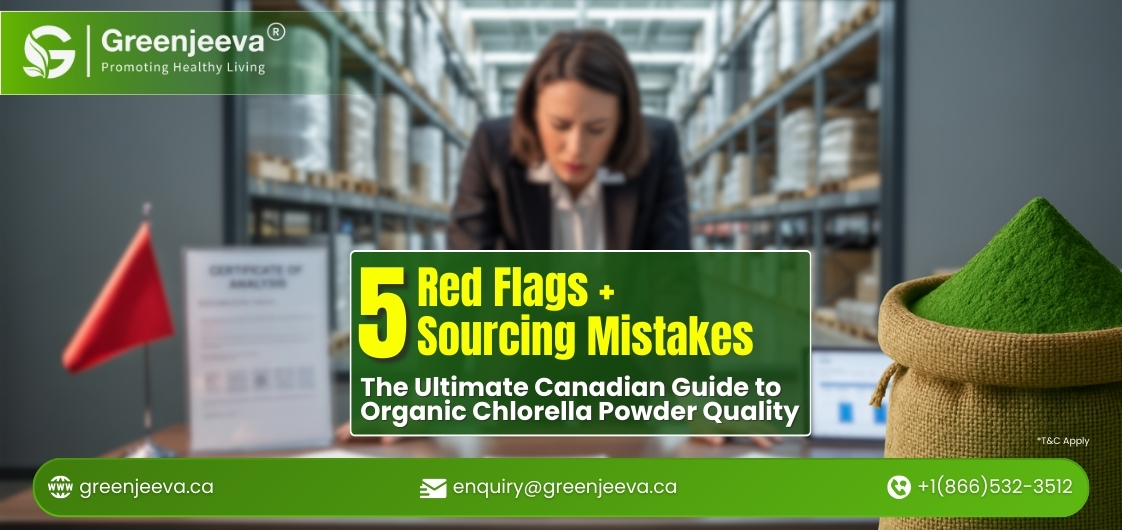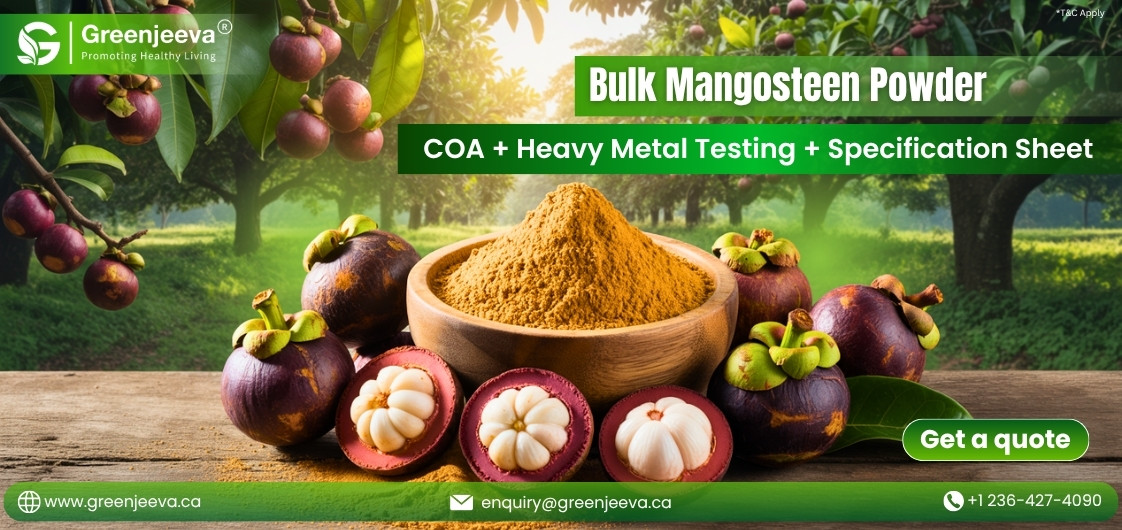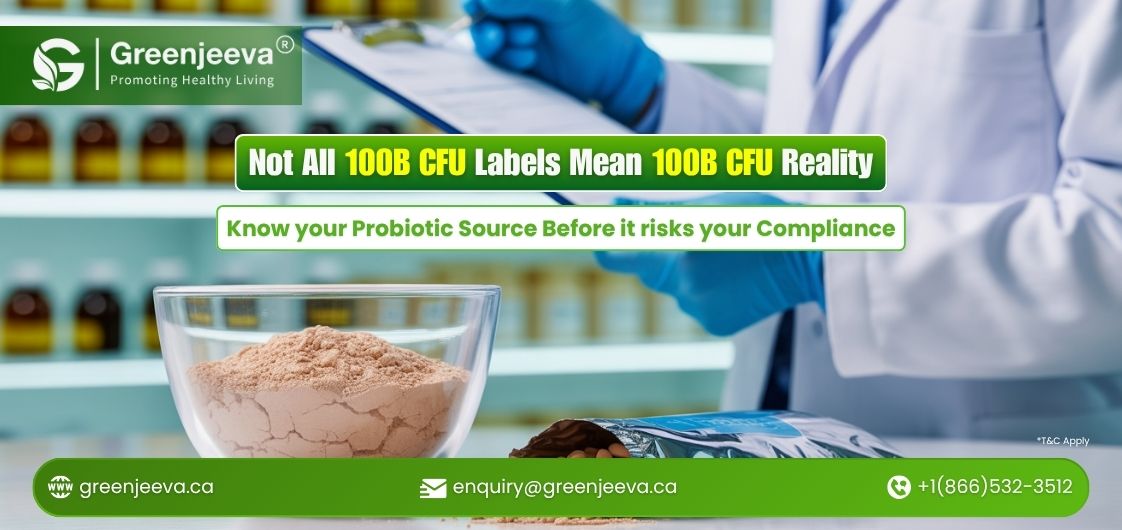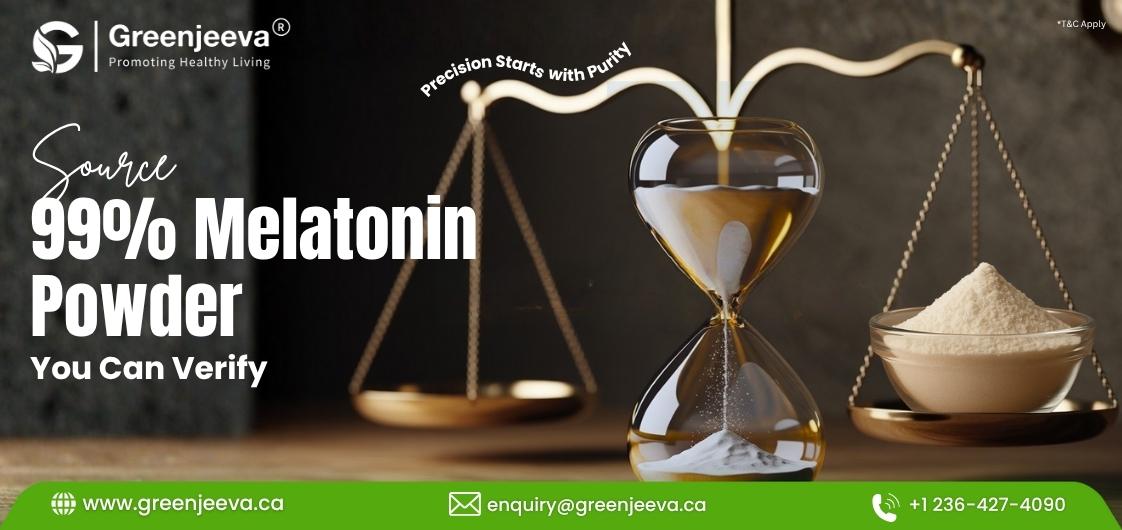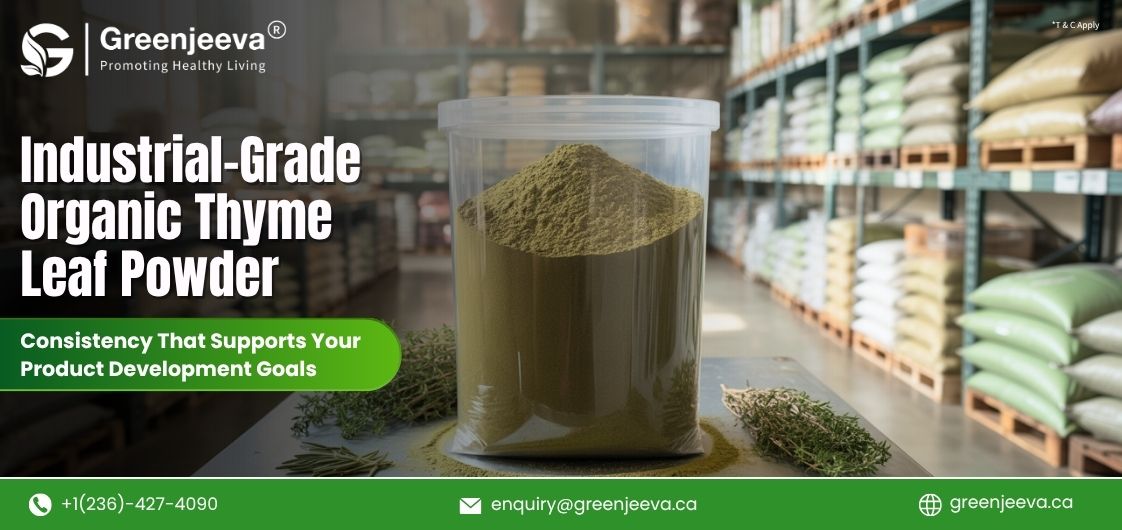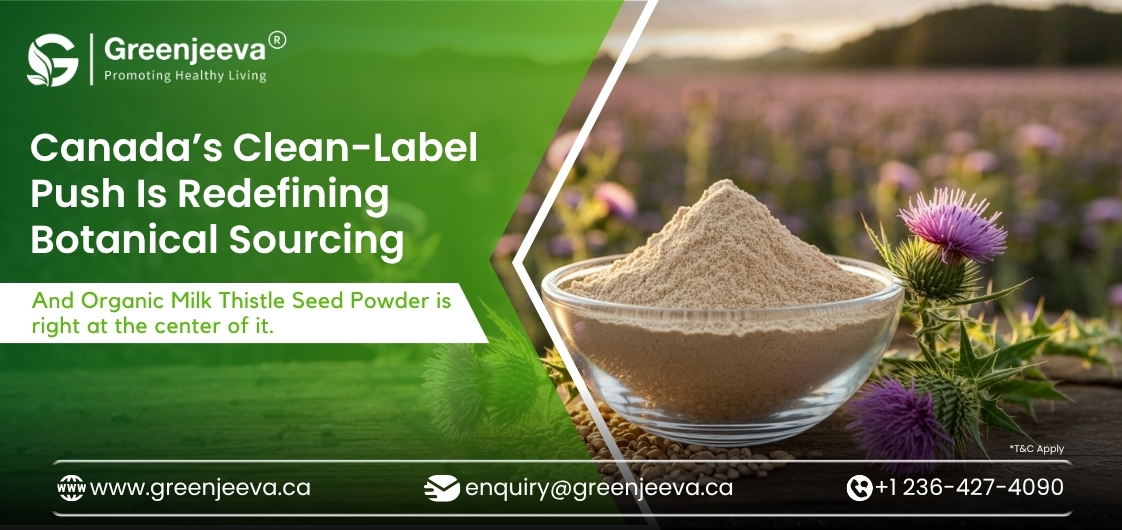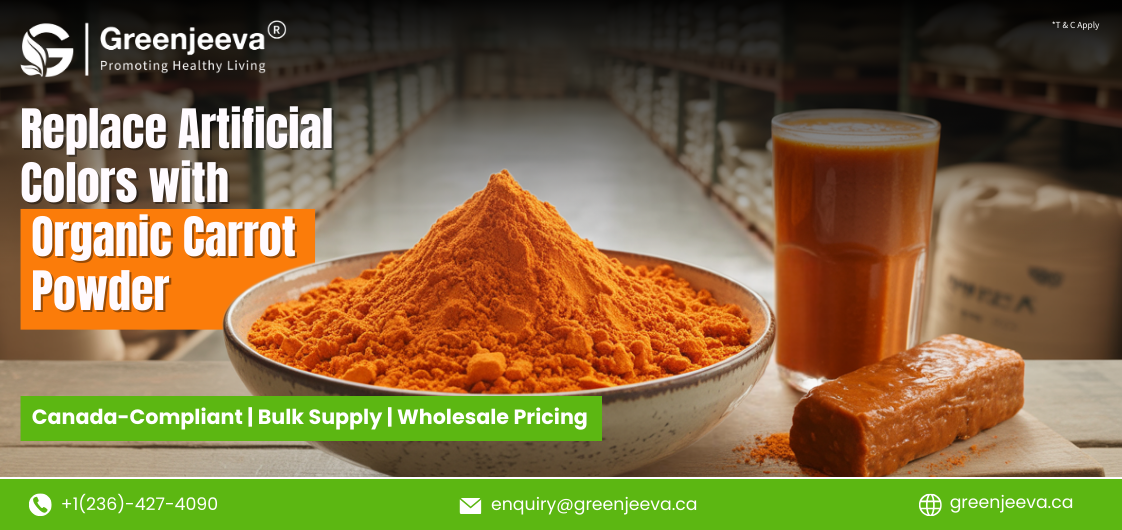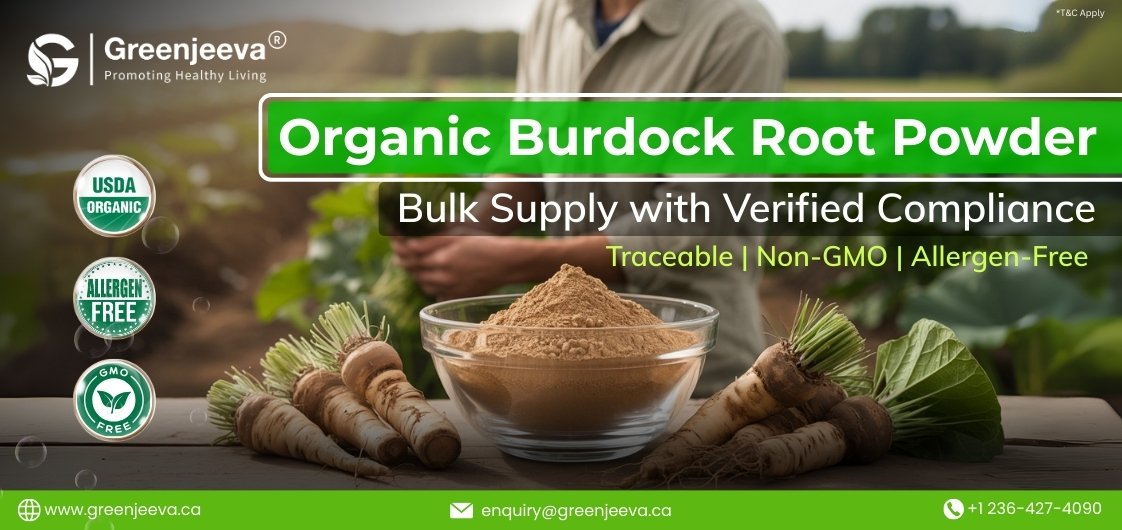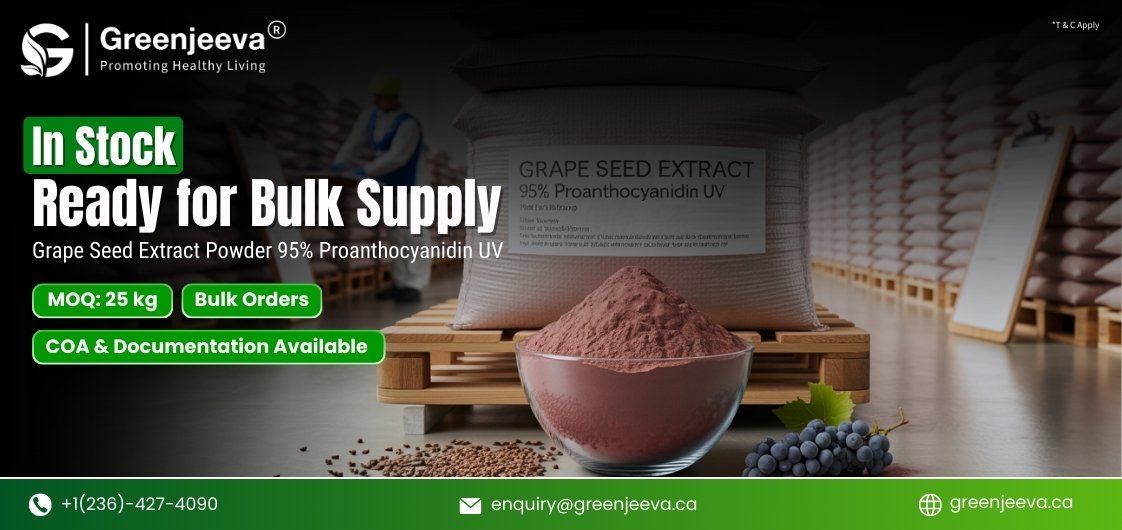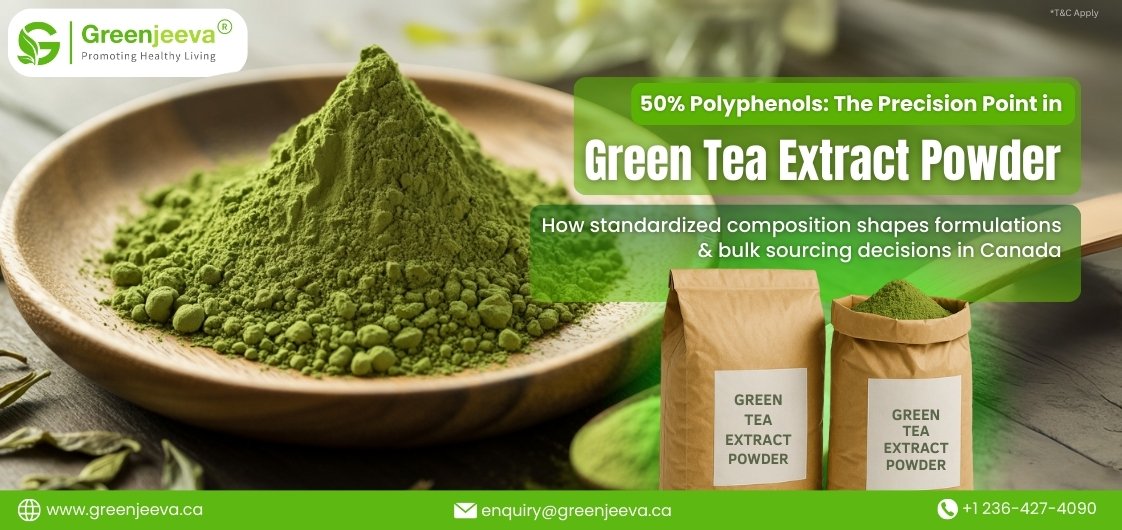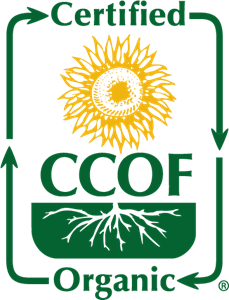Formulation is a quiet balancing act, between stability and flavor, innovation and regulation, speed and shelf life. And somewhere between the lines of clean-label mandates and consumer expectations, a familiar herb has begun to play a new role.
Sage powder once tucked quietly into culinary tradition is now stepping into a new role: not just as a flavoring agent, but as a natural ally in shelf-life management. It has become a strategic ingredient with purpose, presence, and proven functionality.
Let’s look deeper into how organic sage leaf powder is helping food brands hold the line on freshness, naturally and without synthetic preservatives.
What Is Organic Sage Leaf Powder and Its Role as a Natural Preservative?

Organic sage leaf powder is made by drying and finely milling the leaves of Salvia officinalis, cultivated without synthetic pesticides or fertilizers. In its powdered form, it offers a food-safe way to integrate the herb’s native compounds particularly polyphenols into formulations.
What makes sage relevant in a food context isn’t just its traditional culinary use. Its composition includes volatile oils and plant-based antioxidants that work synergistically to help delay spoilage, particularly in fat-containing products like sauces, gravies, and ready-to-cook meals. For brands prioritizing stability and shelf life without adding synthetic ingredients, this botanical fits the bill.
How Does Sage Powder Extend Shelf Life Naturally in Food Products?
The shelf life supporting nature of sage powder is primarily tied to two features.
– Its ability to delay fat oxidation.
– Its activity against spoilage-causing microbes.
Fat oxidation is a major cause of off-flavors, especially in processed and heat-treated products. When food-grade sage powder is incorporated at appropriate dosages, it may support stability by slowing this oxidation process, helping products maintain sensory quality over time.
Moreover, some formulations have reported success when using sage powder for food preservation in deli-style meat alternatives, dry rubs, and oil-based marinades. In such cases, the powder is often used not for flavor, but for its functional properties.
What Types of Food Products Work Best with Sage Leaf Powder?
Sage powder works well in both dry and semi-moist food systems. It can be added to:
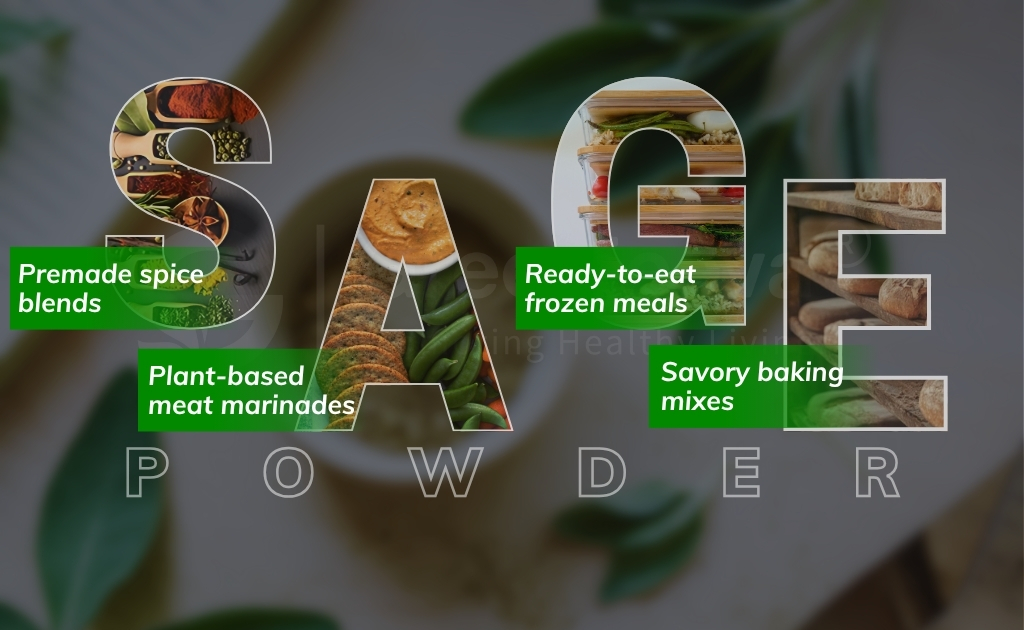
Its fine powder texture allows for easy dispersion without clumping. That makes it ideal for use in industrial blending, spray drying, or encapsulation processes.
For R&D teams looking to shift away from synthetic preservatives, sage offers a practical option, especially when shelf life extension must be achieved without impacting label transparency.
How to Use Sage Powder in Food Formulation: Dosage and Best Practices
The key to working with sage is balance. Too much and the product may take on an overly herbal taste; too little and the preservation effect might fall short.
Typical usage levels of sage powder dosage for food preservation range from 0.05% to 0.2% of total formulation weight, depending on the product type, water activity, and fat content. It’s often combined with other botanical extracts or salt blends to form a multi-pronged preservation system.
For dry mixes, sage powder can be directly added to the blending stage. For liquid bases, pre-mixing with oil or a carrier like maltodextrin can help improve solubility and consistency during processing.
Formulators often run multiple shelf-life trials with different dosages to identify the most efficient formulation that meets their brand’s stability standards.
Where to Buy Organic Sage Leaf Powder in Bulk for Food Manufacturing?
Sourcing high-quality organic sage leaf powder for food use requires more than just a COA and competitive pricing. Food brands today need documentation, certifications, traceability, and consistency in grind size, moisture content, and color.
If you’re a food manufacturer or product development team based in Canada, sourcing locally or regionally can make logistics smoother. Many industrial buyers are searching specifically for sourcing bulk sage leaf powder in Canada to ensure faster lead times and easier compliance with Canadian organic regulations.
At Green Jeeva Canada, we support formulators with ready documentation, food-grade specifications, and robust inventory for commercial-scale needs. Whether you need samples for R&D or full-container loads, we can help you source with confidence.
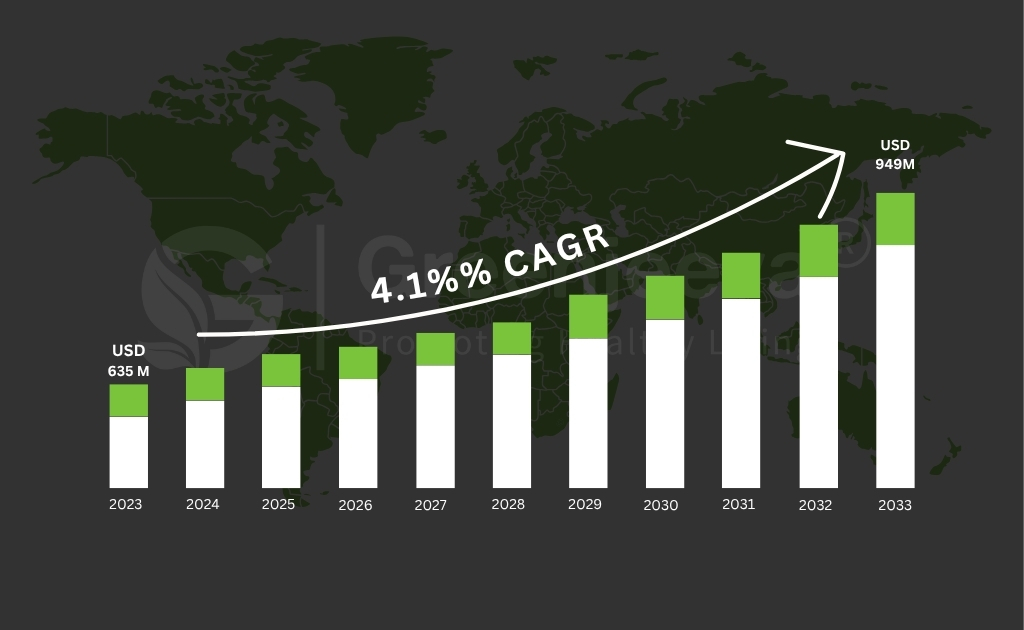
What Are the Regulatory and Safety Guidelines for Using Sage Powder in Food?
In Canada, food-grade sage powder bulk must comply with CFIA (Canadian Food Inspection Agency) standards and be used in accordance with ingredient labeling regulations.
Sage is recognized as safe for culinary use in appropriate quantities. However, formulators should always evaluate interactions with other ingredients and ensure that inclusion levels fall within standard usage practices. Quality should also be tested regularly—moisture, microbial load, and volatile oil content are key indicators to monitor.
Always source from suppliers who provide updated documentation, including:
– Organic Certificates (COR or USDA)
– Third-party lab testing
– Allergen-free status
– Non-GMO & GMP certifications
– Compliance with GFSI benchmarks
What Are the Cost and Formulation Challenges When Using Sage Powder?
While sage offers a natural path to stability, there are a few formulation realities to consider:
– Flavor contribution: Even small quantities can introduce an herbal note, which may or may not align with your product’s flavor profile.
– Ingredient cost: Sage powder is often more expensive than synthetic preservatives, especially at higher concentrations or when organic-certified.
– Shelf-life variability: Its shelf life is influenced by how it’s stored. Powdered herbs can degrade if not kept in low-humidity, dark environments.
However, for food brands committed to natural and recognizable ingredients, these trade-offs are part of the process. With a reliable supplier and proper testing, sage can be a consistent tool in the clean-label toolkit.
How Food Brands Are Successfully Using Sage Powder to Extend Shelf Life
Across the market, emerging food brands are using sage to support formulation claims like “made without artificial preservatives” and “plant-derived ingredients only.” In particular, it’s gaining traction in:
– Plant-based meat and deli-style foods
– Clean-label seasonings
– Ethnic cooking sauces
– Organic baking mixes
Sage fits well into ingredient lists that include garlic, rosemary, onion, and pepper—making it a natural complement in most savory systems.
Final Thoughts
With growing scrutiny on ingredient transparency and label friendliness, the demand for natural preservatives is projected to continue rising.
Canadian formulators are especially prioritizing organic sage powder, both for domestic brands and for products destined for export into markets with strict clean-label requirements. As food innovation leans more toward functionality with simplicity, herbs like sage rooted in history and proven in performance are reentering the spotlight. 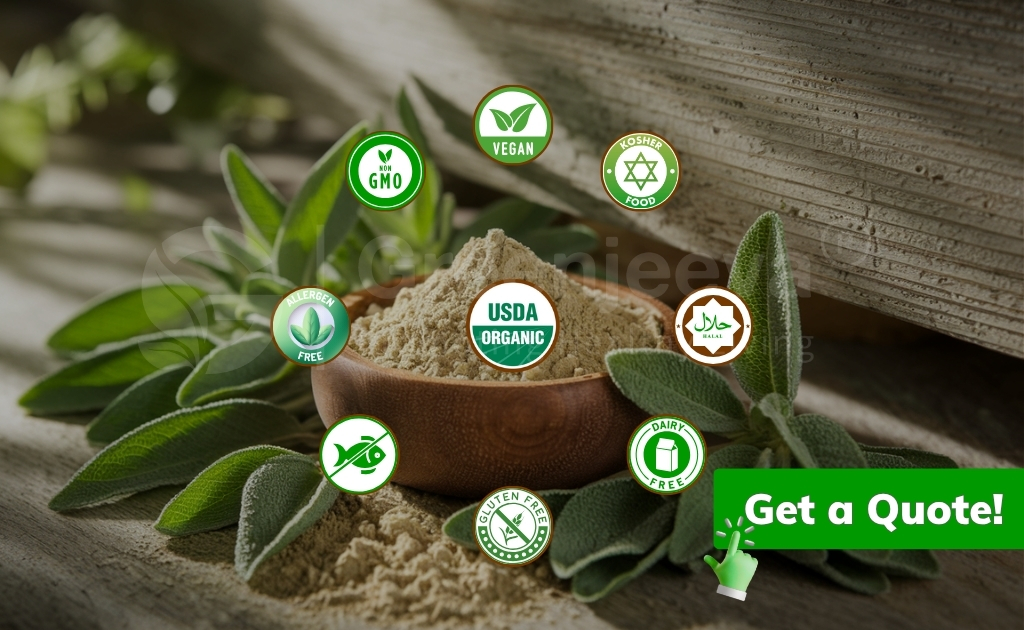
Looking to Source Organic Sage Leaf Powder in Bulk?
Whether you’re optimizing an existing formula or launching a new clean-label product, Green Jeeva is here to help you source organic sage leaf powder with food-grade quality, clear documentation, and responsive logistics.
– Food-grade.
– Bulk availability.
– Organic certification.
– Canada-based inventory.
Visit our website to request a sample or bulk quote.
Reference Links:
https://www.expertmarketresearch.com/reports/sage-herb-extract-market
https://dataintelo.com/report/sage-herbs-market
https://www.expertmarketresearch.com/reports/sage-herb-extract-market





